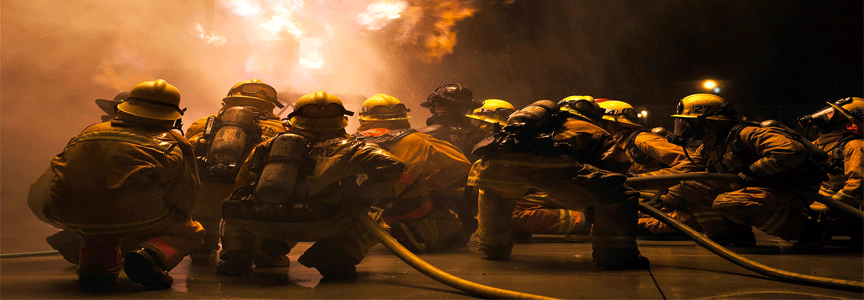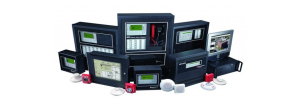Fire in the world
Sensors and drones help predict fires in time and prevent them from spreading. In the past few years, we have seen many incidents including forest fires, because different places in the world are facing drier and hotter weather due to climate change, so digital technology can play a major role in preventing and fighting them. to be Scientists predict that the fires will get worse as time goes on. In North America alone, the average length of the fire season has increased by nearly 20 percent over the past 35 years, and the area affected by wildfires has doubled.
Officials have been looking for ways that technology can help predict and prevent wildfires for several years. Remote capabilities, i.e. digital technology solutions, have been used for some time in some dangerous industries such as mining or oil and gas, and the possibility of preventing human injury at the site of a fire is one of the goals of this technology.
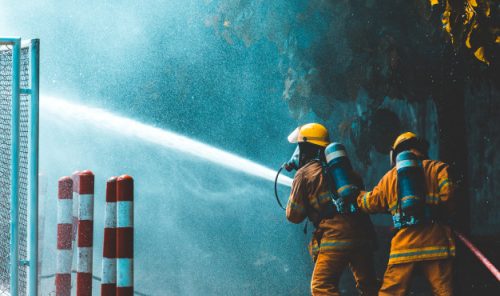
In this article, we discuss various fire fighting methods in the world:
1. satellite
California is famous for its annual fire problems, and since 2013, the University of California has dedicated a team to a project called the “Orbital Fire Emergency Evaluator.” The system uses both satellite and drone technology to monitor and fight fires in their early stages before they get out of control.
Satellites are used to pinpoint potentially dangerous fires, and drones equipped with special infrared cameras are used to track the fire’s progress. In the event of a major threat, the system will alert and air tankers and ground firefighters will be dispatched to the scene of the fire to control it before it spreads.
2. Drone
Drones have other uses in fighting fires. They can be equipped with both regular and thermal imaging cameras and fly into areas where drones can’t — including at night, when the wind dies down and when fires are theoretically easier to control.
In British Columbia, Canada, drones have been used on at least 13 fires so far this year, primarily to map and identify hot spots. Drones are capable of producing maps that can be used by firefighting teams. It also frees up aircraft for other critical tasks.
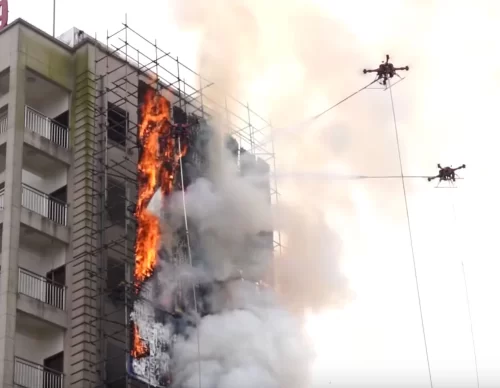
3. Robots
Another technological advancement that keeps humans away from danger is the fire fighting robot. Oftentimes, fires get so hot that firefighters can’t get close enough to put them out. Now, engineers have developed a firefighting robot that can do this instead of humans. Thermite, developed by Howe, is a firefighting robot that can fight fires even in the most extreme conditions.
4. Virtual reality (VR)
Used by organizations around the world, from the Red Cross to UN aid agencies, VR also helps fight fires. VR simulators create 3D representations of fire scenarios, with the help of people who can change physical characteristics such as wind direction and speed, they simulate conditions similar to real dangerous conditions and for critical situations ahead. They plan and make decisions.
5. Internet of Things
One of the methods of fighting fire is to use sensors connected to the Internet with the least power or IOT to collect data from remote areas that are possible fire spots. Sensors can also be used to detect and measure CO2 levels and check for unreasonably high temperatures, which indicate the possibility of a fire in the area. Given that these connected devices require minimal power, a low-power network such as LoRa is ideal here.
Digital benefits in firefighting
Early warning and detection systems, remote technologies and digital connectivity help make firefighting more proactive and potentially cost-effective. In the state of California alone, fires have caused 6 billion dollars in annual damage over the past few years. Technology can have a positive impact in many ways besides saving people’s lives.
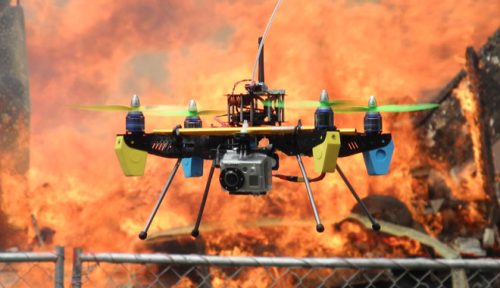
دیدگاه خود را با ما در میان بگذارید


